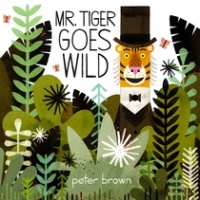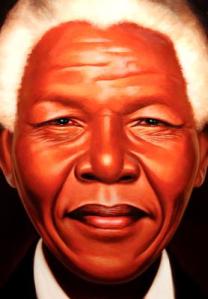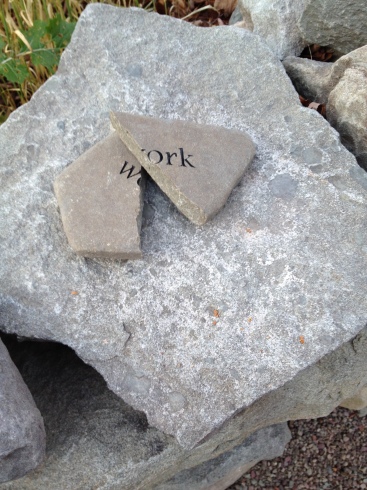How did I come to write this book, Fly to the Hills?
About four years ago, I participated in a Teaching American History program that encouraged interdisciplinary projects. One of the speakers was woman named Betty Sharpe, and she was scheduled to discuss her book In the Shadow of the Dam. In fact, the entire day would be devoted to discussing water power and its history, particularly in the northeast. We were given an excerpt of her book – the chapter describing the flood and the heroes who, at their own peril, decided to warn residents and workers in the mill towns. It was thrilling, exciting, and a bit of local history I never knew. I quickly read her book, and thought that children should know this story.
It took a great deal of time to figure out how to tell the story. I began researching the event, reading Sharpe’s book over and over, thinking about the various characters who show up in the true events. Another book, Sarah Kilborne’s American Phoenix also covered this dramatic flood. Two nonfiction books for adults that tell the story carefully and with great attention to historical detail. I also read some primary documents to get a feel for the time period and the response to the disaster. Overwhelmingly, the newspapers of the time and the articles that appeared on the anniversary of the event focused on the four heroes – the men who pushed their horses in a dramatic race to alert others.
There was my hook – what if there was another hero, someone we never heard about? Who would that person be? Why was her story forgotten? This led me to create the character of Catherine, a mill girl who would have been in town on the day of the flood.
Okay, if this is a mill girl story, which mill? Which of the four villages did she call home? And why does she go to the mill in the first place?
Once I understood that the mill girls often felt great personal satisfaction by earning wages and living independently, I knew that the adventurous spirit of my mill girl would be the factor that would ultimately prod her to moments of great bravery and great empathy in the moments of death. This spirit, this drive to celebrate her independence would be one of the deciding factors in where she landed.
The book American Phoenix was the impetus for placing Catherine in Skinnerville. Not only did the smallest of the villages have a silk mill which hired women, the larger-than-life mill owner, William Skinner, was a compelling character himself. Thus, I did not need to create a mill owner; he can well-formed as a beneficent employer with a fascinating history. Not only did he rise from the extreme poverty of his Spitalfields (check spelling later!) home life, he immigrated to the states and became a wealthy business owner. Furthermore, his own belief in the power of education, particularly for women, makes him likely to be encouraging of women who seek education. Furthermore, I would have set her in Haydenville if I’d thought her journey ended with a career in this mill town; Hayden, another wealthy mill owner rebuilt where his destroyed mill once stood. Skinner, however, was a shrewd businessman and rebuilt his business in a town a dozen miles away, even dismantling and rebuilding the mansion that survived the Skinnerville flood. That mimics the growing and wide-reaching goals I had in mind for my main character.
Even as my research at Wisteriahurst, Skinner’s mansion, shows that his employees often showed great loyalty, Catherine’s loyalty would be to her family, and her drive to further her own education would be to support and encourage her brother to get his own education. She would not be tied down to obligations as a servant or a wife whose primary job is to “keep house” – which is why she went to work in the mill in the first place. Furthermore, she is not seeking recognition, she is seeking opportunity, and by the time the climax of the book hits, she is becoming more clear and more motivated about claiming some opportunities for herself. In accepting the lack of recognition for her role in saving lives, she is claiming something else – her own education and her new purpose in life.
It is only in creating the character of Catherine that I was able to move from the events of the flood, which are well-documented, and get beyond a voyeuristic view of this disaster in history. I toyed with the idea of multiple voices, each offering their own experience of the spring of 1874. Instead, I settled on a first person narration, focusing on Catherine herself. Through that choice (and others), I am attempting what I think many historical fiction authors are interested in achieving: making history real and tangible by offering the historically-accurate experiences of a character to whom they can related deeply. If I wanted to invite you to come to know the details of the flaws in dam design or the specifics of the devastation that ensued, I would have carefully crafted a nonfiction book that reproduces primary sources and offers photographic evidence of the flood. I would have offered transcripts and interpretations of the trial of the reservoir company and the dam designers. There is a place for that book, but that is not the book I am trying to write.
Instead, through this character-driven piece of historical fiction, I invite my readers to consider this: What if you wanted more freedom? And what if it was limited by your gender? And what if there was an opportunity to work in a mill that was safe and reputable? And what if that mill happened to be downstream from a faulty dam? What if taking your only opportunity for independence meant living with the threat of flood every day? And what if that dam gave way? WHAT WOULD YOU DO?
I hope that Catherine allows you to imagine the answer to that question.










